Council bosses have rejected a suggestion that all of the Perth floodgates should be kept closed from October to March.
But they have confirmed they are investing in new lightweight barriers, which should speed up the closure process in an emergency.
Modern devices to replace the existing gates at the promontory and Queens Bridge are expected to be delivered in November.
And two different kinds of lightweight moveable flood barriers have also been purchased.
These can be used at different locations and can also be deployed outside Perth.
And some of the 80 floodgates could be permanently closed to reduce the number of staff needed in an emergency.
The assurances were given during a meeting of Perth and Kinross Council’s climate change and sustainability committee on Wednesday.
Councillors were updated on the lessons learned from last October 7-8, when Perth’s South Inch was swamped after the floodgates were left open.
The wider Perth and Kinross area was also battered by two other major storms which occurred the same month.
Aberfeldy and Invergowrie were among the communities worst affected by the flooding which followed.
Perth floodgates’ closures come at a cost
In addition to the barriers work, councillors were told the systems of warnings and triggers for flooding have been reviewed.
A text messaging system is being set up to warn residents and businesses in the harbour and Friarton area who may be impacted when the floodgates are closed.
And residents are being encouraged to sign up to Sepa’s free Floodline service, which provides live information and advice.
The committee also hailed the work of more than 50 local resilience groups. These have been set up to respond to flooding in their own areas.
But councillor Hugh Anderson questioned why the floodgates have to stay open in the first place.
“Why don’t they shut these floodgates from October to the end of March,” he asked.
“Except for two – the one across the lower bridge and also down at the harbour – which could be left open and closed if there is a dire emergency?”
Fraser Crofts, the council’s strategic lead for environment and infrastructure, said partial closure is an option.
“One of the things we are looking to bring back later in the year, perhaps as part of the budget process, is consideration of stopping up, or closing off, some of the floodgates throughout the scheme,” he said.
“Clearly there are cost implications attached to that, as well as some amenity issues that we will have to consider in terms of access etc.”
Extreme weather no longer confined to winter
He also warned councillors that the age of the Perth flood defences is likely to become an issue too.
The system was completed in 2001 at a cost of £25 million
“It is costing a lot of money to maintain,” he said.
“It is now an aging system – over 20 years old – and we needing to be looking at that, perhaps in a ‘spend to save’ type approach, as well.”
The flooding questions were covered in a wider report on the council’s preparedness for year-round weather events.
Councillors were told climate change is making weather events more frequent and severe.
And that has meant more storms, flooding and drought, in addition to the snow and ice which were traditionally the focus for council activity.
A report to committee stated: “We can no longer base our planning on the traditional
seasonal weather patterns.
“We are not just responding to severe weather events in winter, but also summertime.
“And, as we have seen in recent years, there may be a series of weather events in quick succession, meaning that we must recover from each event more rapidly as resources will quickly be needed for the next one.”
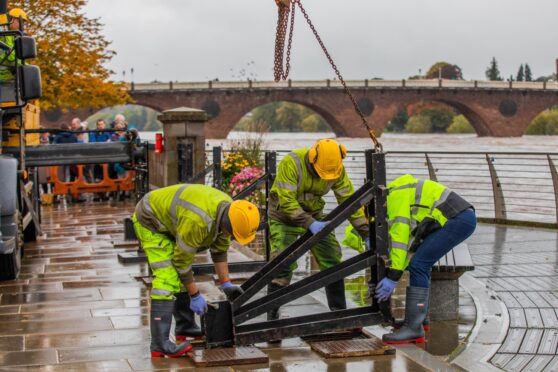
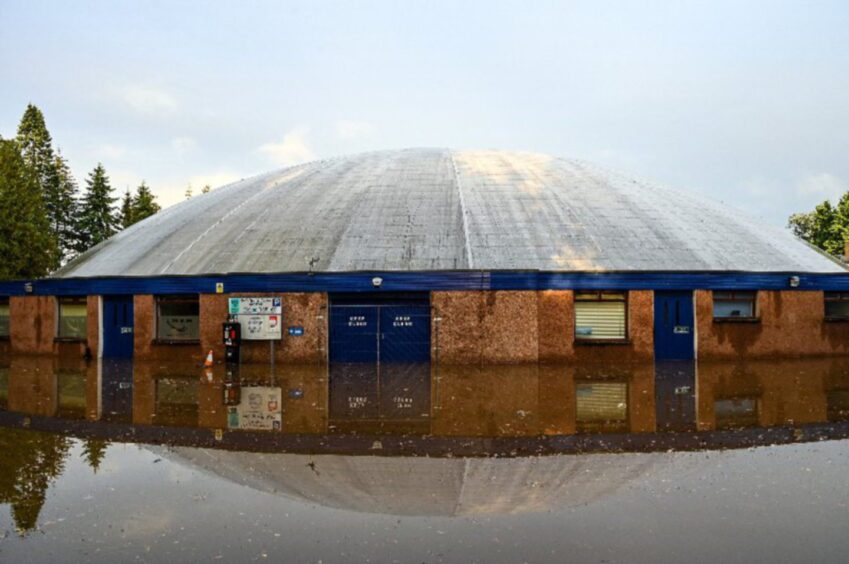
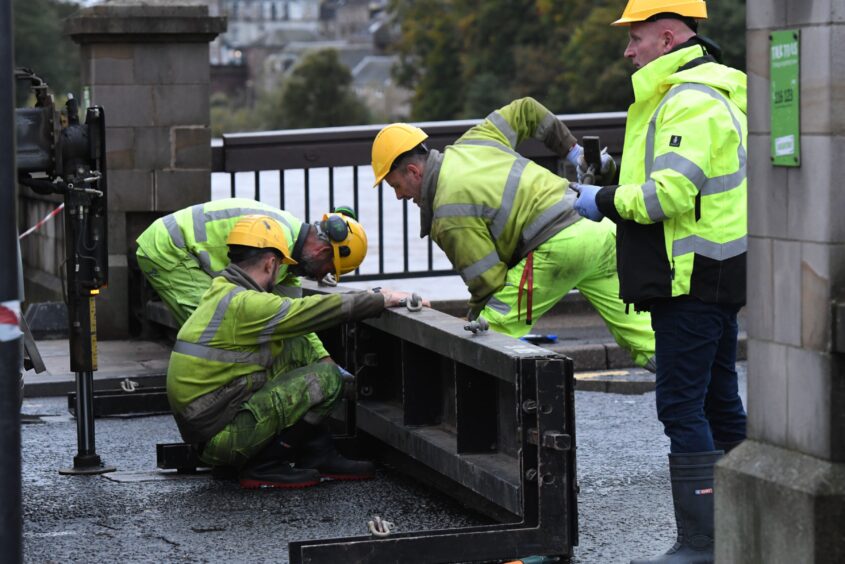
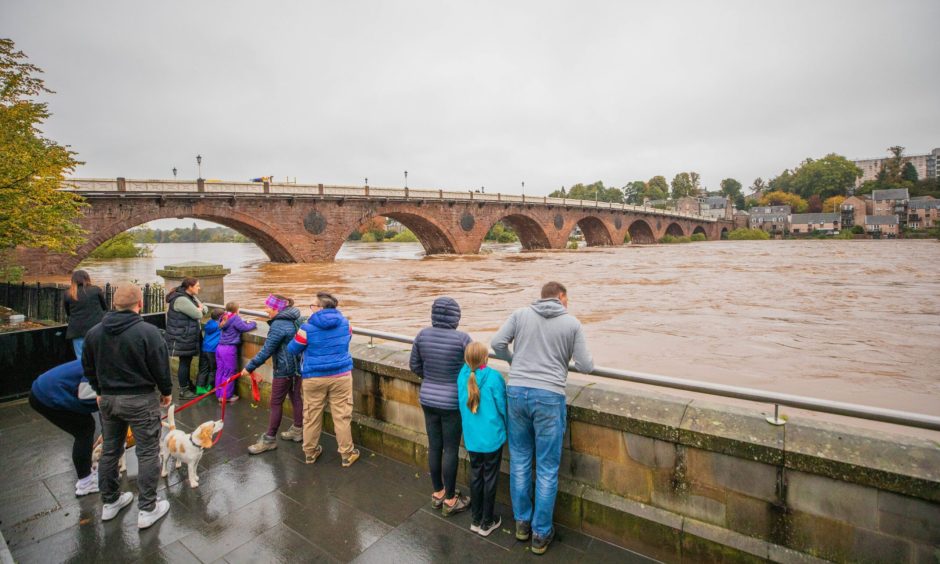
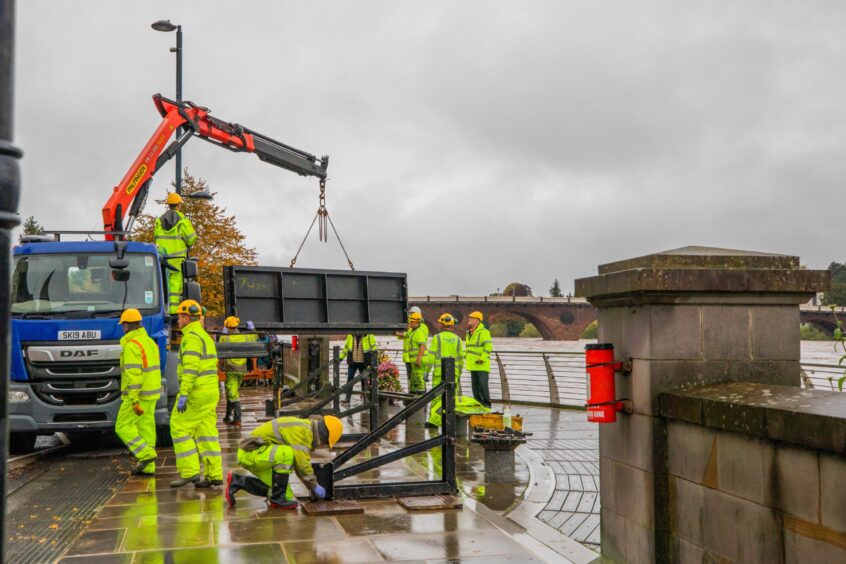
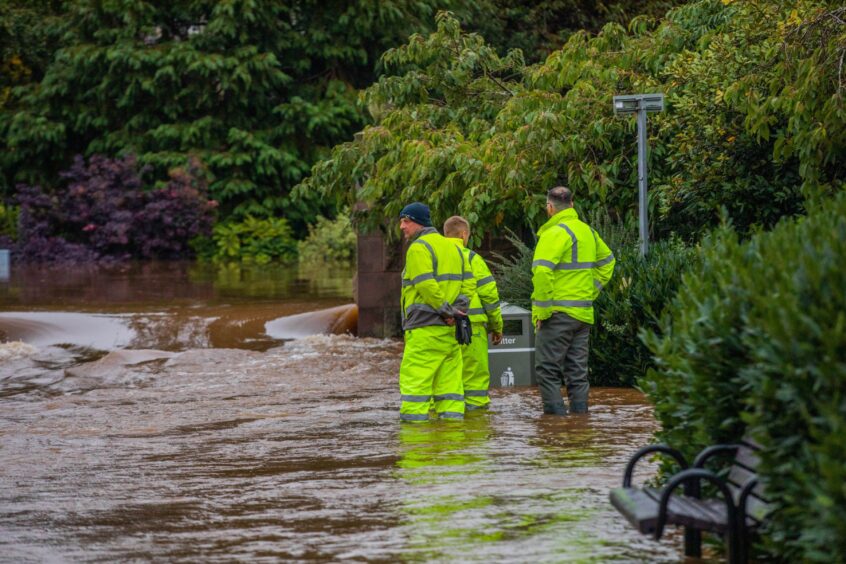




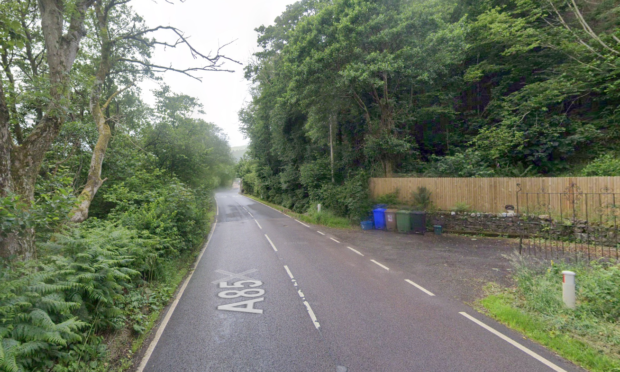





Conversation